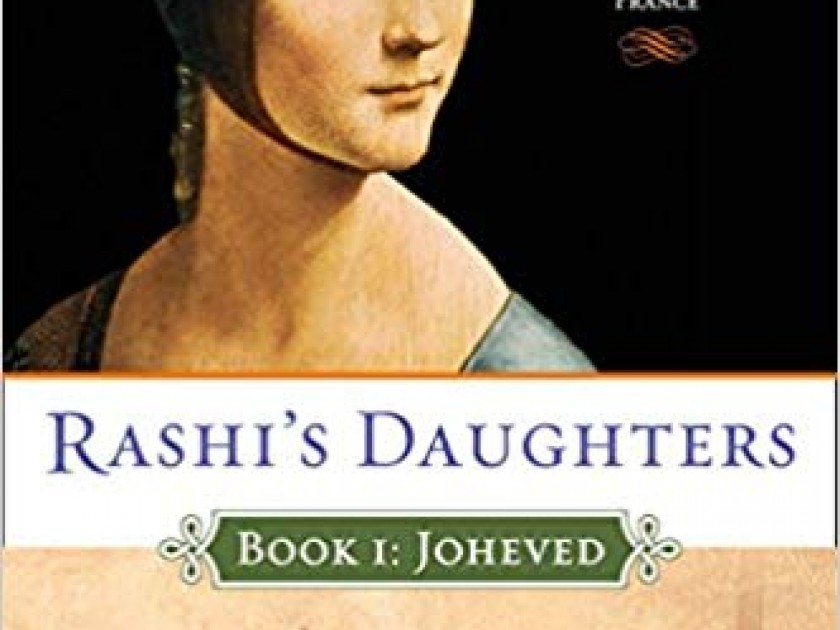
In her last post Maggie Anton, the author of the Rashi’s Daughters trilogy, reviewed Elie Wiesel’s Rashi. Below, Anton writes on being a historical novelist.
Because the main characters in my Rashi’s Daughters trilogy are real, historical figures, the family of the great medieval Jewish scholar, my readers are both concerned and curious about what is fact and what is fiction in my novels. This important consideration leads to a basic question: what is the difference between a historian and a historical novelist? Answer: the historian must be right, but the historical novelist cannot be wrong. In other words, as long as nobody can prove the fiction author is mistaken, she can write what she likes. Legally, you cannot libel the dead.
But the novelist must have some integrity. Obviously if forks weren’t invented until the 14th century, then Rashi’s family, living in the 11th century, can’t use them. Yet because nobody knows what my heroines did for a living, I felt free to make Miriam a midwife and Rachel a clothier. After all, the majority of long-distance trade, a Jewish monopoly at this time, involved luxury woolens and silk. And there were certainly plenty of midwives in medieval France [it’s not as if I made Rashi a midwife]. The author must also be accurate about details such as what her characters eat, how they dress, where they lived. For Rashi’s household, this meant I had to know what was Jewish Law in his community and how it differed from halacha today. And since I considered my characters sophisticated enough to gossip about local court politics, I insisted on ferreting out events and scandals that actually occurred in Champagne and Paris, as well as the names of the nobles and clerics involved.
What about legends? Certainly a novelist should weave legends into the story, perhaps excepting those that have been absolutely discredited. But the details should be authentic. Not everyone agrees that Rashi was a vintner, but when I chose to give him this profession, I became an expert on medieval winemaking. One famous legend says that Rashi’s daughters were learned in a time when most women were forbidden to study the holy texts. So I created realistic scenes in which their father first began to teach them, then decide what texts they’d study and how their husbands and communities would react to this breach of custom. When I discovered a legend that Rashi’s daughters wrote his Talmud commentary on Tractate Nedarim [which is definitely not his], I couldn’t resist having them write it in the final volume of the trilogy, Book III – Rachel.
One final caveat. If the author wants to invoke legends, or even write something with no evidence whatsoever, she owes it to her readers to inform them of this in an afterword or ‘note to readers’ at the novel’s conclusion.”
Maggie Anton’s newest book, Rashi’s Daughters, Book III: Rachel: A Novel of Love and the Talmud in Medieval France, is now available. Visit http://www.rashisdaughters.com, her official website.
Maggie Anton is an award-winning author of historical fiction, as well as a Talmud scholar with expertise in Jewish women’s history. Intrigued that the great Jewish scholar Rashi had no sons, only daughters, she researched the family and their community. Thus the award-winning trilogy, Rashi’s Daughters, was born. Since 2005, Anton has lectured about the research behind her seven books at hundreds of venues throughout North America, Europe and Israel.